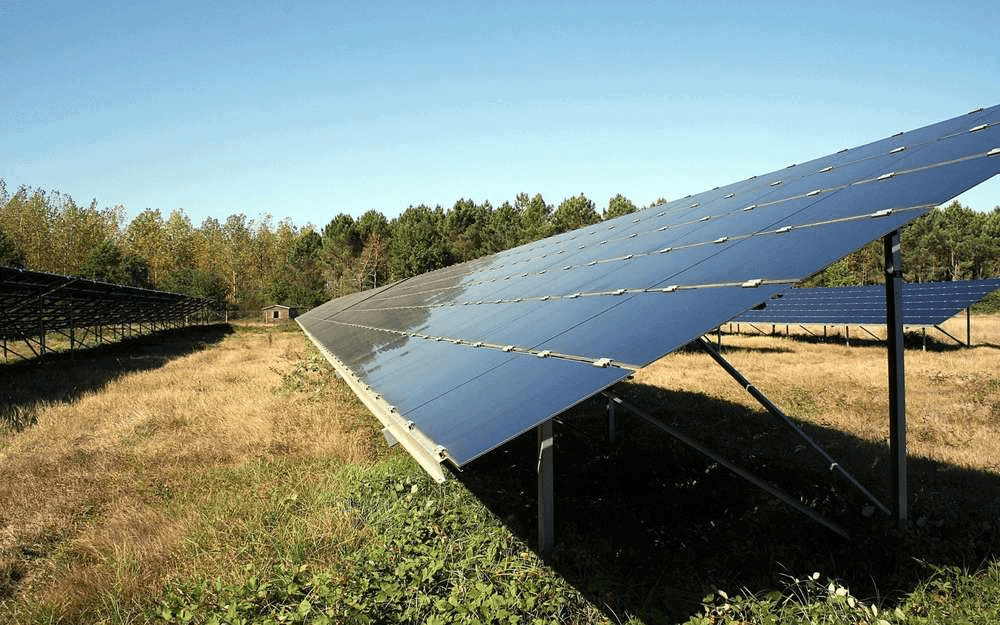Why can there be lots of sun but low solar production on your panels?
[ad_1]
The sun is shining, the sky is clear, a perfect day for optimal solar energy production, right? Not necessarily. Solar panel owners have often observed that despite clear, sunny skies, energy production can be surprisingly low. This article explores the reasons for this seemingly counterintuitive phenomenon.
The Angle of the Sun and Optimality of Exposure
The position of the sun in the sky has a significant impact on solar energy production. The angle at which the sun’s rays strike the solar panels determines their efficiency. In the morning or late afternoon, when the sun is low in the sky, the panels do not capture the rays as effectively as when it is at its zenith. So even a sunny day can see lower production if the sun is at a suboptimal angle.
Our Guides to Choosing Your Solar Panels:
Cloud Reflection and Light Diffusion
On days when the sky is partly cloudy, interesting phenomena occur. Clouds can act as mirrors or light diffusers, amplifying sunlight. When breakthroughs of light appear through clouds, this can cause peaks in solar energy production. Additionally, light reflected from surrounding clouds can increase the intensity of light reaching the panels at different angles, improving overall production.
Need to Increase Installed Capacity
Faced with these variations in production due to weather conditions and sun angles, a proposed solution is to increase the number of solar panels installed. This would maximize energy capture during peak periods and ensure more stable production throughout the day.
Intelligent Production Management
Instead of simply turning off solar systems when they produce too much power, it is possible to use software to limit peak power. This intelligent management can help regulate energy production based on demand and sunlight conditions, thereby optimizing the use of renewable resources.
Conclusion
Solar energy production does not only depend on the presence of sunlight; several factors, such as the angle of the sun’s rays and cloud reflection, play a crucial role. Understanding these elements can help optimize solar systems for maximum efficiency and highlights the importance of investing in adaptive technologies to effectively manage renewable energy production.
Discuss this subject with our energy expert?
[ad_2]
